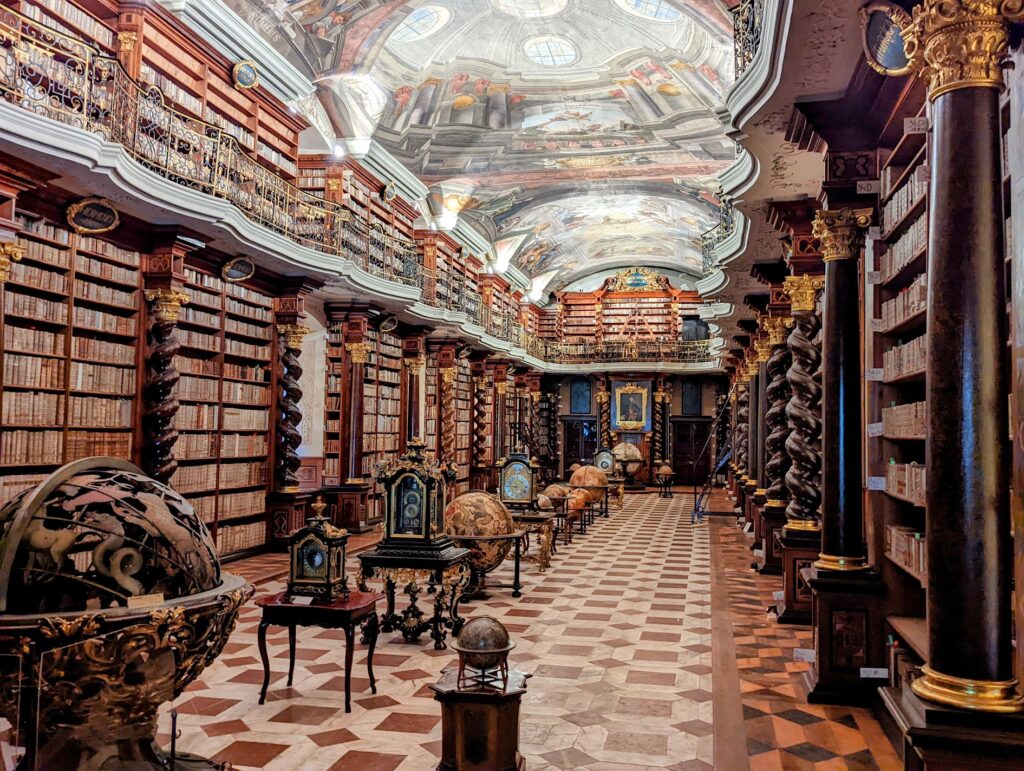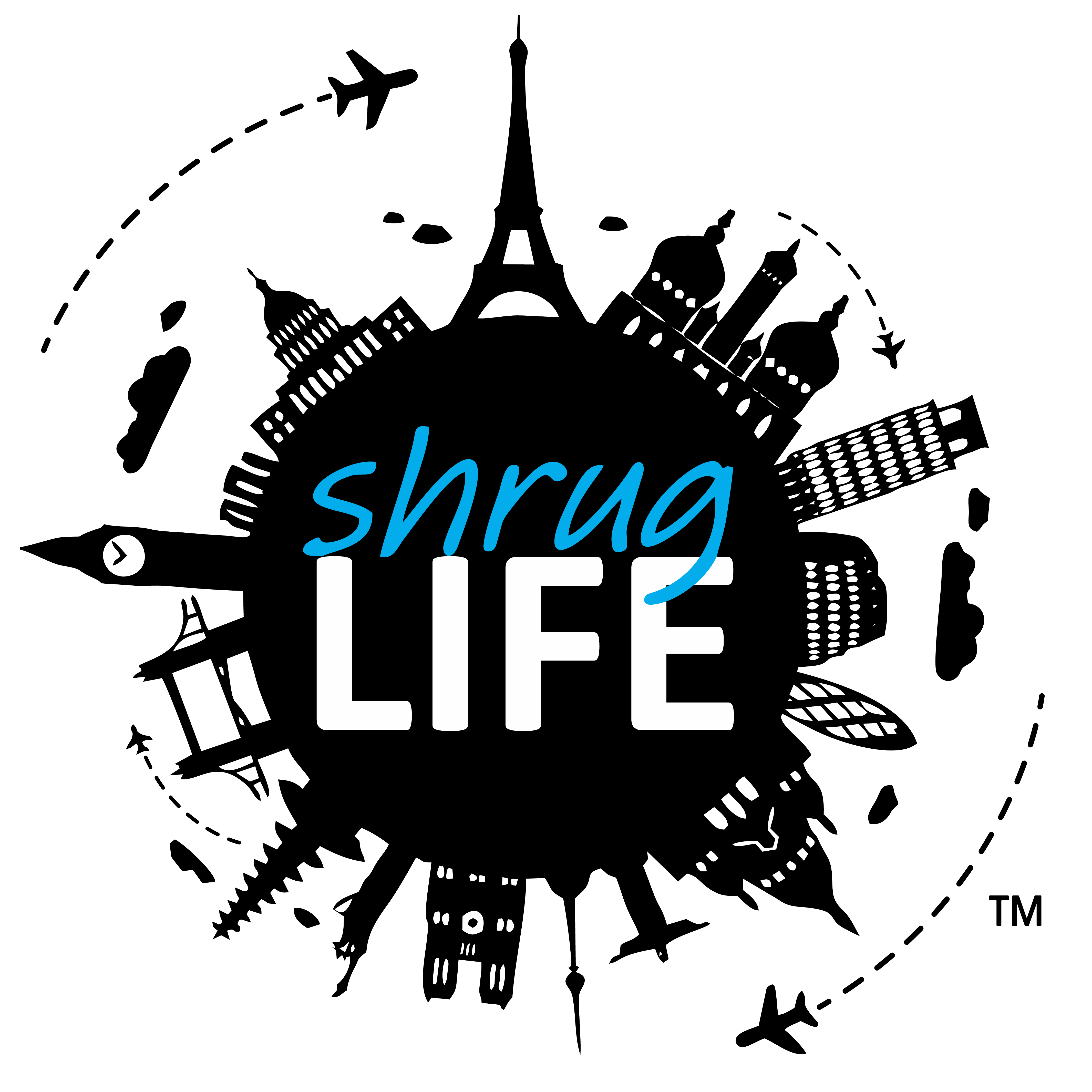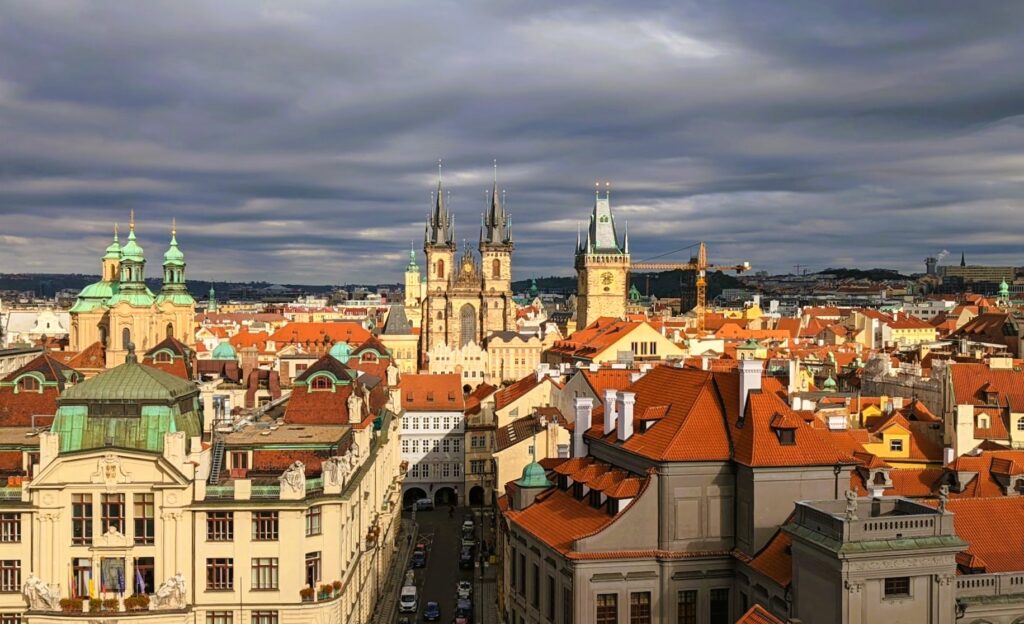
City of a Hundred Spires
For years, we have been dreaming of going to Prague. Cinematic visions of ornate spires, the iconic image of the Charles Bridge with Prague Castle as its backdrop, and friends’ gushing tales all fueled our excitement to experience Prague firsthand.
Recently, Deborah and I made the jaunt to this magical city. It was a special trip as we had Mom along as a first stop before meeting other family and friends in Vienna for her 80th birthday cruise along the Danube. There is so much to see and do in Prague, and we did our best to pack in as much as we could during our 2 weeks in the “Golden City”.
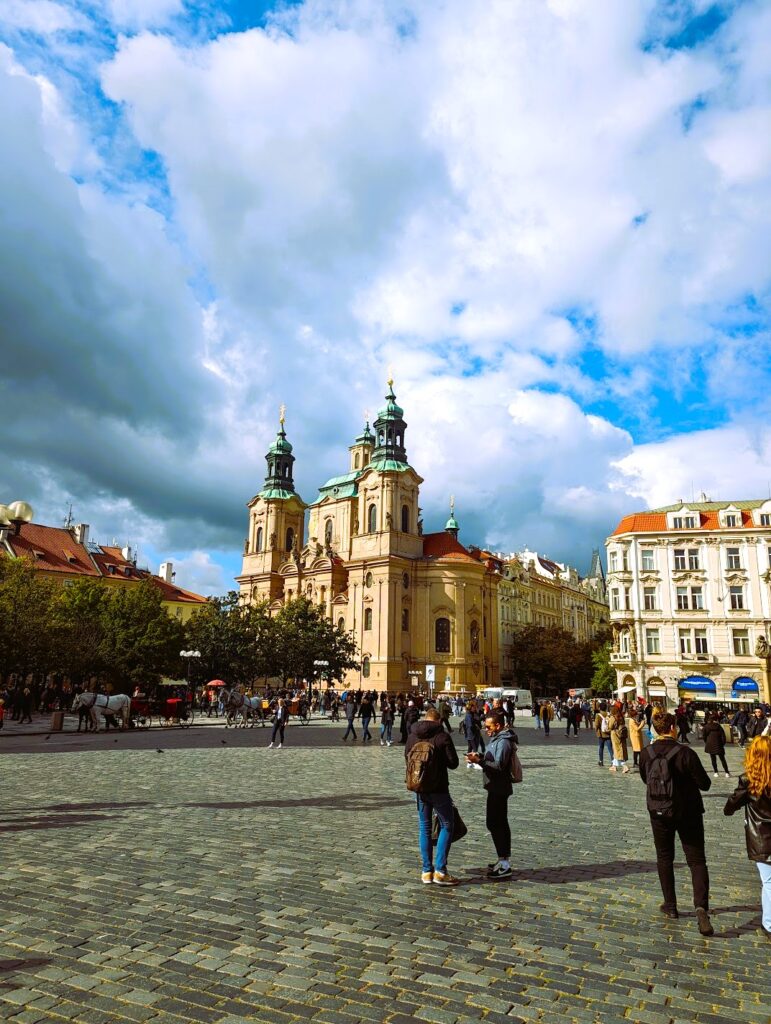
Old Town Square
The heart of Prague, or the Old Town, is about as cute and perfect a setting as you can imagine. Somewhere between Disneyland and a Harry Potter set, the buildings, the spires, the winding streets, all converging on this grand square with cafes, statues, and charming clocks, make you feel like you’re in a whimsical fantasy that feels a bit surreal.
Centrally located in the Old Town quarter, the square is equally distant from the Powder Gate to its east and the Charles Bridge to its west. Wenceslas Square is a little further to the south, but it’s still a short, easy walk.
The square is incredibly festive, with people sitting at large outdoor patios, eating local fare, or sipping on a tasty Czech beer. We found that there were a number of excellent restaurants worth eating at, in and around the square.
The Curiosity of the Orloj
One of the great attractions in Old Town Square is the Orloj. An astronomical clock first installed in 1410, it is believed to be the oldest clock still operating in the world today.
The amazing clock also has some other unique characteristics. Mounted on the wall of the Old Town Hall, it provides quite a show every hour on the hour from 9:00 AM to 11:00 PM. When the top of the hour strikes, “The Walk of the Apostles” begins, where you see the Apostles move in a circular manner, showing themselves in the small opening, then disappearing back behind the clock, as the skeleton “Death” strikes the bells to represent time being finite and that things change.
The astronomical part of the clock, around the Zodiacal Ring, shows the Earth, the sky, and the position of the Sun. There is also a calendar plate, which contains the names of 365 saints. The board displays allegories of the months, and smaller images represent zodiac signs. The entirety of the clock is quite impressive, and the hourly ceremony is definitely worth seeing.
Unfortunately, it was pretty windy the day I took this video, but you can see how unique and popular the clock and ceremony still remain among tourists today.
The Orloj is a Must See
One of the great attractions in Old Town Square is the Orloj, an astronomical clock that was first installed in 1410, making it the oldest clock still operating in the world.
The amazing clock also has some other unique characteristics. Mounted on the wall of the Old Town Hall, it provides quite the show every hour on the hour from 9:00am to 11:00pm. When the top of the hour strikes, “The Walk of the Apostles” begins, where you see the Apostles move in a circular manner, showing themselves in the small opening, then disappearing back behind the clock, as the skeleton “Death” strikes the bells to represent time being finite, and things change.
The astronomical part of the clock, around the Zodiacal Ring, shows the earth, the sky, and the position of the sun. There is also a calendar plate, which contains the names of 365 saints. The board displays allegories of the months, and smaller images represent zodiac signs.
The entirety of the clock is quite impressive, and the hourly ceremony is definitely worth seeing.
Unfortunately it was pretty windy the day I took this video, but you can still see how unique and popular this clock and hourly ceremony are.
Charles Bridge
The Charles Bridge is a medieval stone arch bridge that is one of 17 bridges that cross the Vltava River in Prague. Construction of the bridge started in 1357 under King Charles IV and finished in the early 15th century. Originally called the Stone Bridge, it’s been called the Charles Bridge since 1870 and has been pedestrian-only since 1974. Whether we were walking to Prague Castle or just on a long stroll, we loved getting our steps in on this historic bridge over the Vltava River.
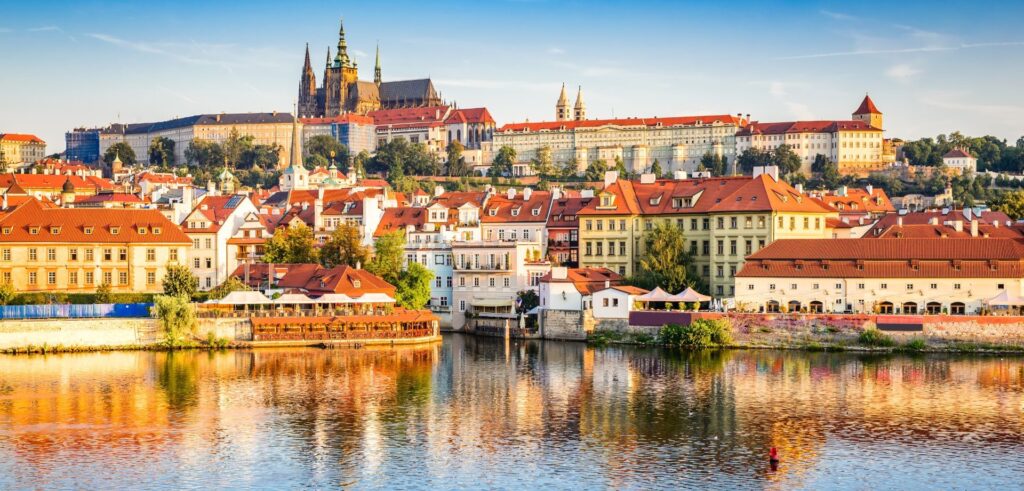
A Castle on a Hill
Prague Castle is an incredible fortress, perfectly situated on a hill overlooking Old Town Prague and the bridges that span over the Vltava River. The Castle, founded around 880 by Prince Bořivoj of the Přemyslid Dynasty, is the largest coherent castle complex in the world, with an area of almost 70,000 square meters, according to the Guinness Book of World Records.
Today, the castle is a UNESCO World Heritage site, and we thoroughly enjoyed climbing all over the giant complex. The history of the castle, mixed with the various architectural styles, is also a great overview of the city’s history, and it provides some dramatic views as well.
There are many parts of the castle that are worth exploring, namely St. Vitus Cathedral, the Old Royal Palace, St. George’s Basilica, Golden Lane, and the Great Tower of the Cathedral.
St Vitus Cathedral
St. Vitus Cathedral is one of the most beautiful cathedrals we’ve ever been in. It’s also the largest and the most historically important church in Prague today. In addition to centuries of religious services, numerous coronations of Czech kings and queens took place at St. Vitus, and the cathedral is the burial place of several patron saints, sovereigns, noblemen, and archbishops.
The history of St. Vitus dates back to 1344, when Charles IV began the construction of a Gothic cathedral. Over centuries, portions were finished but there were always major delays, including rebuilding after fires and wars. Portions were finished as time passed, but it was not until the latter half of the 19th century that the final push was made to restore and finish the job. Finally, in 1929, the church was consecrated in all its glory.
One of our favorite parts of the Cathedral was the Great Tower. If you want the best views of Prague, the Vltava, and a bevy of Prague’s bridges, our favorite view (even more than Petrin Tower) is at the top of the Great Tower. It is a bit of a walk up to the top, and narrow at times, but it’s totally worth it.
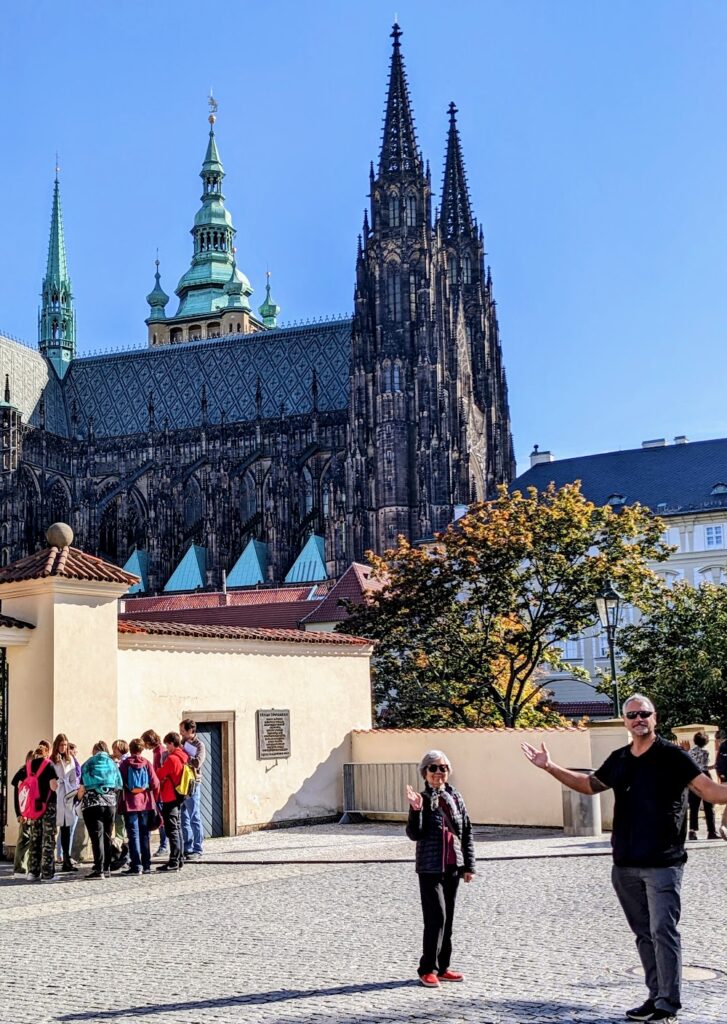
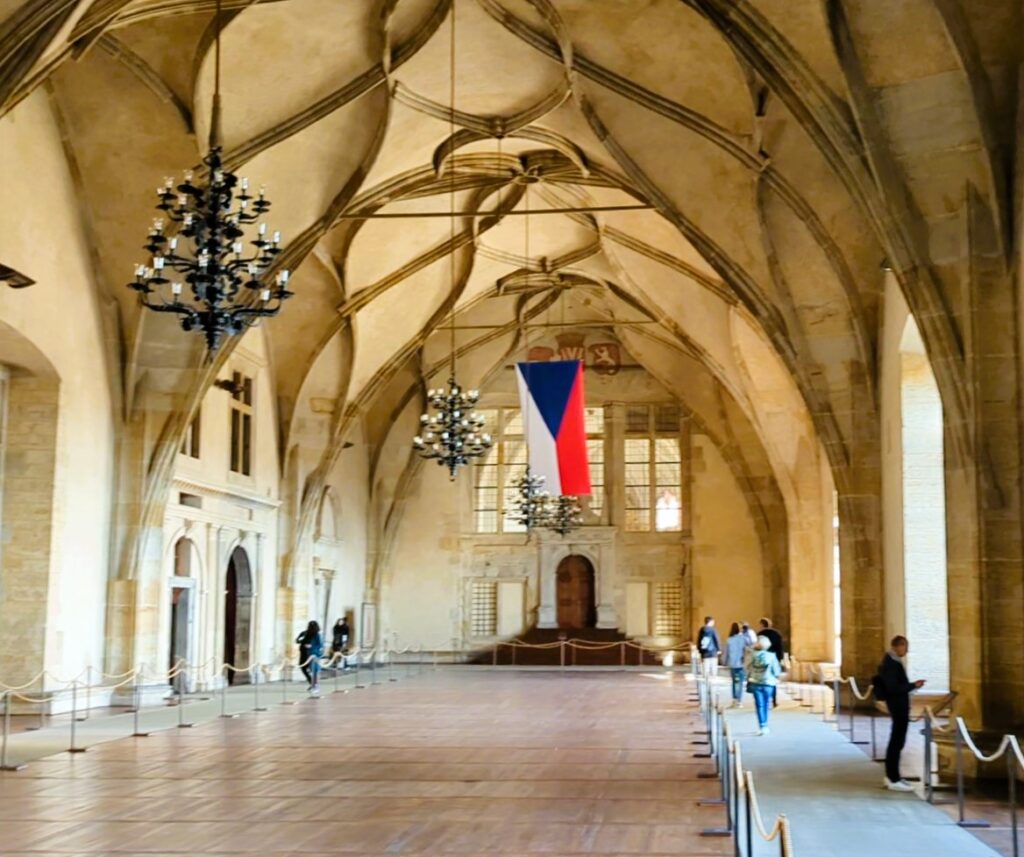
Old Royal Palace
The Royal Palace next to St. Vitus Cathedral was built in stages over the years, dating all the way back to the 12th century. The main hall, Vladislav Hall, is incredibly grand as it was also used at times for coronations and other important ceremonies by the reigning royal families. Again, the views from the Royal Palace out the long wall of windows are stunning.
Perched high on top of solid rock, the drop-down is quite dramatic, and some would say, deadly. There is an area off of Vladislav Hall that was apparently used as the final exit point for some who upset a ruling monarch.
Golden Lane and The Medieval Armory
Golden Lane was really charming. A long row of tiny homes below the armory, which have been well-preserved and turned into museums, shops, and cafes. The homes are numbered and were inhabited by defenders of the castle, servants, castle marksmen, and goldsmiths, which can be seen on the tour in house number 15 and 16. It’s also where the lane gets its name.
The houses were occupied until World War II and housed a few famous Czech residents over the years, including Franz Kafka and Jaroslav Seifert.
Above Golden Lane is one really cool armory. Showcasing the armor and weaponry befitting a castle that likes to kick butt and takes names, it’s a huge departure from the quaint scene of Golden Lane, and it’s a whole lot of fun to walk through. The different types of body armor and masks are incredible by themselves, but the amount of brutal (straight medieval) weapons they had at their disposal reminded me that I’m glad I wasn’t born a thousand years ago.
Even more gore on the tour is house No. 12 on Golden Lane, which has a stairway that takes you down to a corner tower called the Daliborka. The bottom floor of the round cannon tower was used as a prison. The instruments they had on display for various forms of torture were hard to imagine being put to use, but still pretty awesome to see up close.
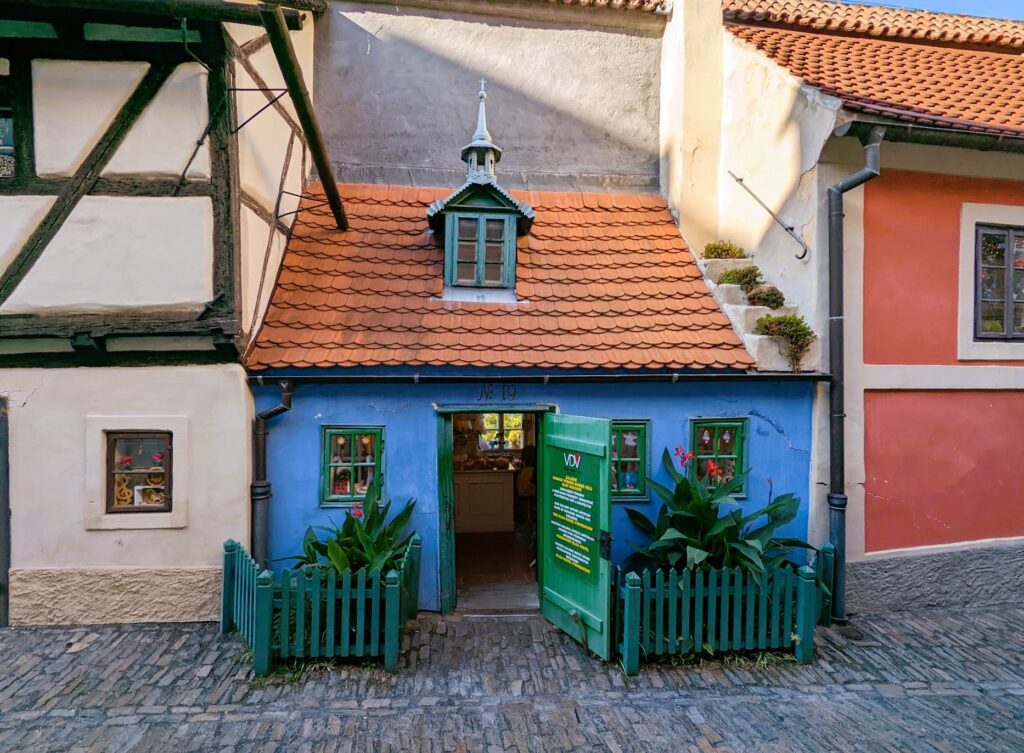
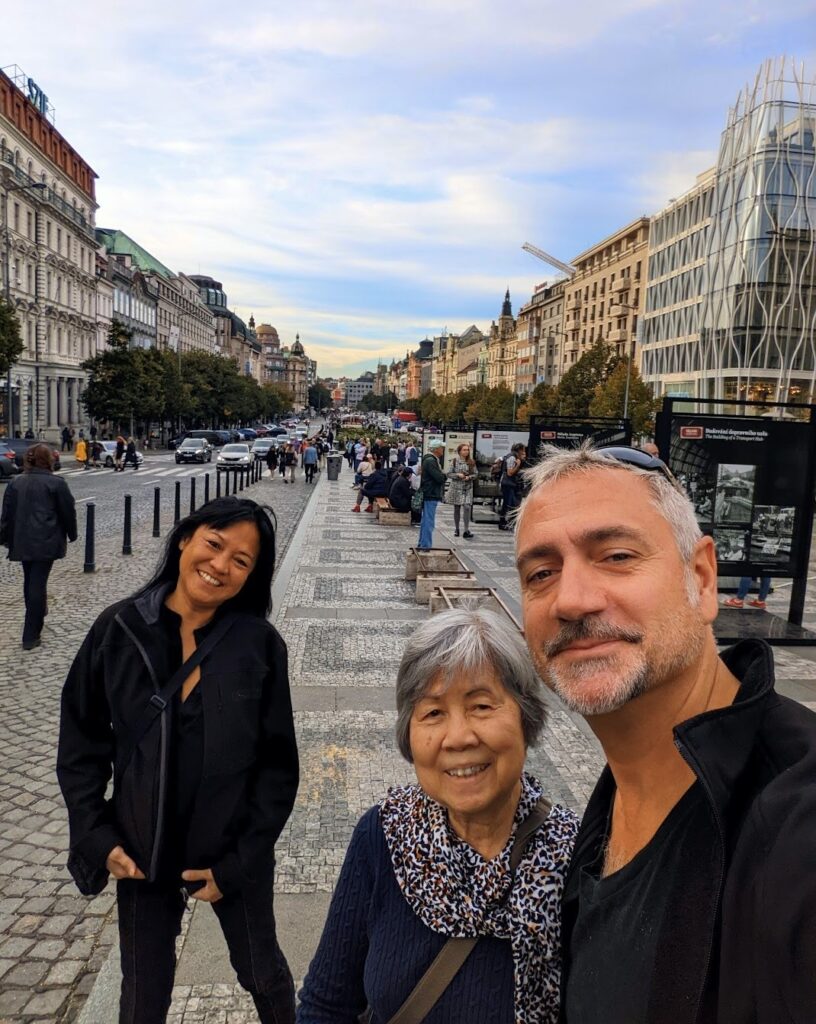
Wenceslas Square
Wenceslas Square was one of the places that was at the top of my list when mapping out our time in Prague. Captivated by the amazing events that led to the Velvet Revolution, we really wanted to experience the square in person. As we delved into other historic events that have occurred in the square over the years, we appreciated the vital gathering point the square has been for the Czech people for numerous centuries.
Wenceslas Square was established by King Charles IV in 1348. At that time, it was called Horse Market, and the name lasted until the Czech National Revival in 1848 when the square was renamed to its current name.
Along with being a rallying point for Czechs, it’s also used for seasonal markets and events throughout the year, and can be quite lively at night with various bars and nightclubs.
Vysehrad
Vyšehrad is an immense fort set upon a hill rising along the east bank of the Vltava River. The fortress is a sight to behold, from the minute you walk through the impressive gates to the vast expanse of the interior grounds and the incredible views of the river and surrounding areas of Prague.
Believed to have been built sometime in the 10th century, the castle has been expanded and renovated numerous times over the years. King Vratislav II was one of the first to expand the castle when he moved the royal seat from Prague Castle to Vyšehrad. In the mid-17th century, the Habsburg monarchy remodeled the castle as the Baroque fortress it is today.
Vyšehrad houses the Basilica of St. Peter and St. Paul, which was originally founded in the later 11th century, but has also been rebuilt multiple times since. The current basilica was built between 1887 and 1903.
Next to St. Peter and St. Paul is the Vyšehrad Cemetery, which is the burial place for many famous Czechs, including Antonín Dvořák and Alphonse Mucha.
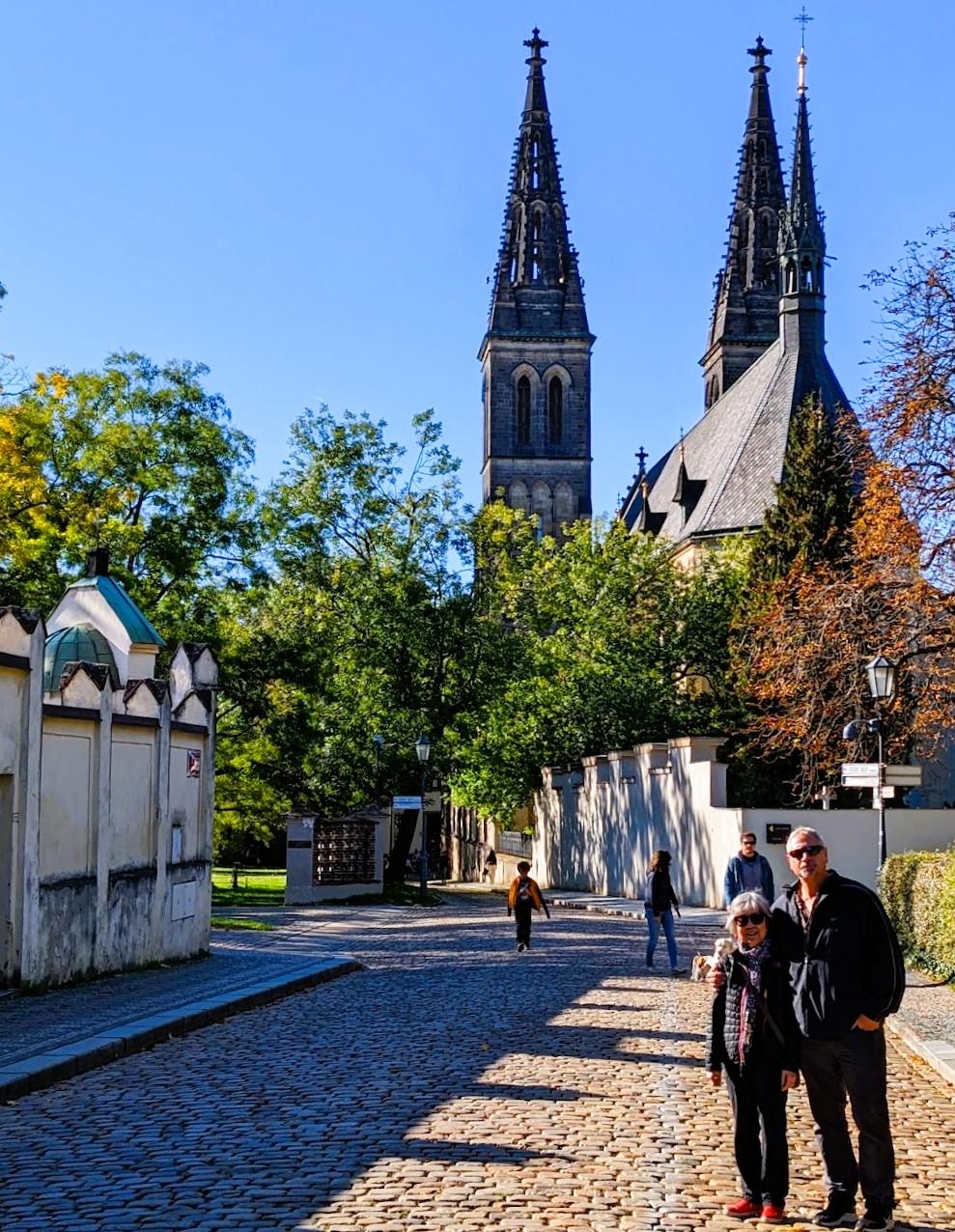
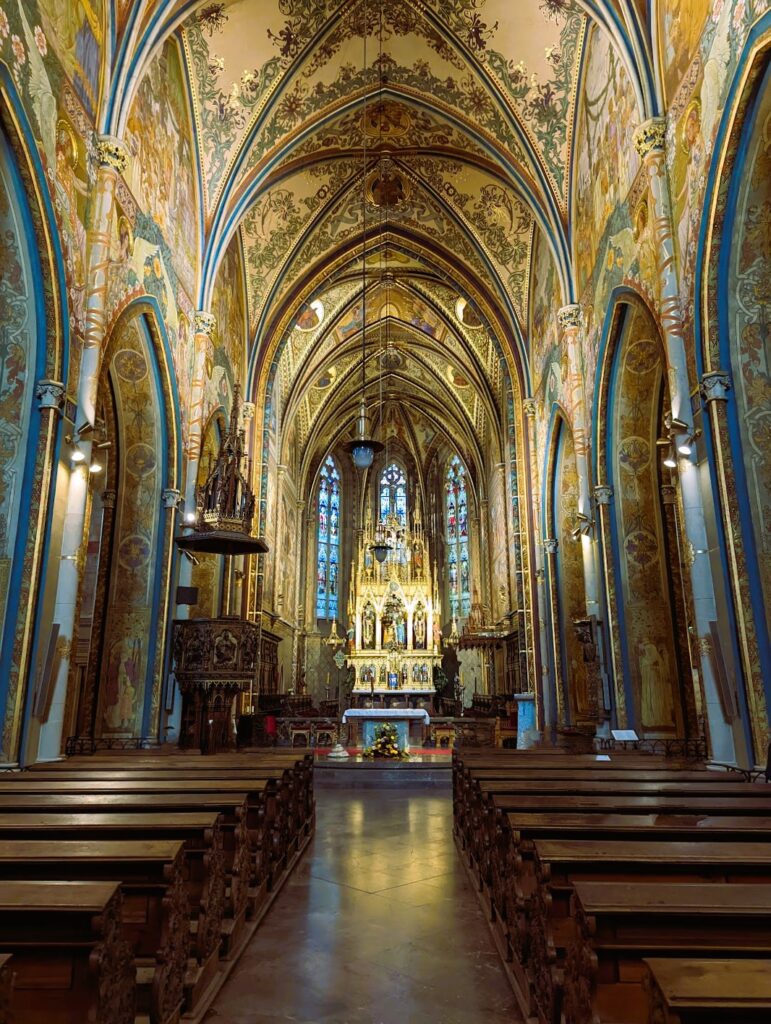
Basilica Of Saint Peter And Paul and the Cemetery
Saint Peter and Paul vaults to the sky, towering over all in Vyšehrad, making the basilica even more majestic than if it were just among an urban setting.
The current building itself, constructed between 1887 and 1903, is a neo-Gothic basilica, and is gorgeous inside and out. The original builder, Joseph Mocker, died mid-way through construction, so it was finished by his partner, František Mikš, who modified the façade and tower designs from Mocker’s original plans.
The Vyšehrad Cemetery was established in 1869 and is the final resting place of many composers, artists, sculptors, writers, scientists, and politicians. The centerpiece of the cemetery is the Slavín tomb, designed by Antonín Wiehl, a large and notable tomb located within Vyšehrad cemetery.
Clementinium
Also written as Klementinium, this former Jesuit college is quite the tour. Featuring a Astronomical Tower that had astronomers coming centuries ago from far and wide to study, the climb to the top of the tower provides panoramic views of Prague and its numerous spires.
The complex also contains a Baroque library that is hard to believe in photos until you see it in person. Seemingly straight out of a movie, the library is now off-limits and only visible from the entry portion of the room.
